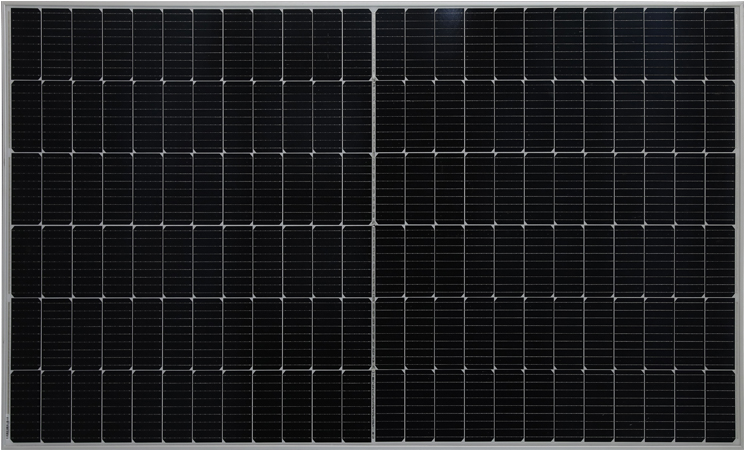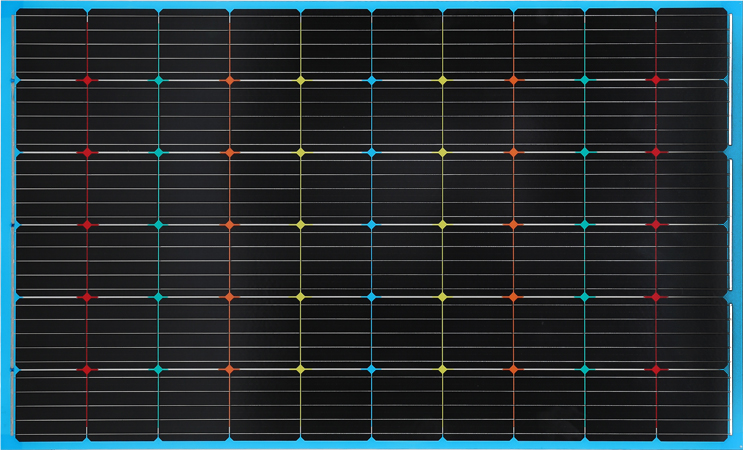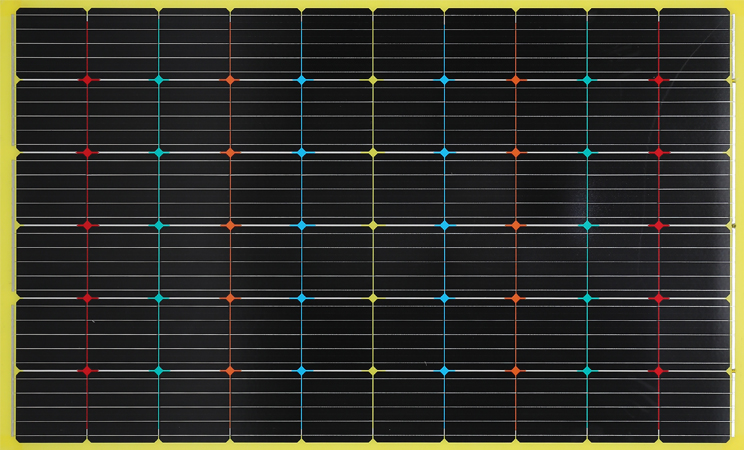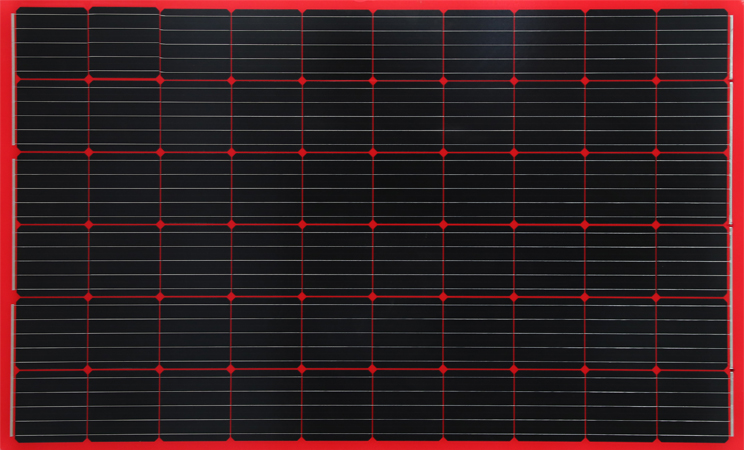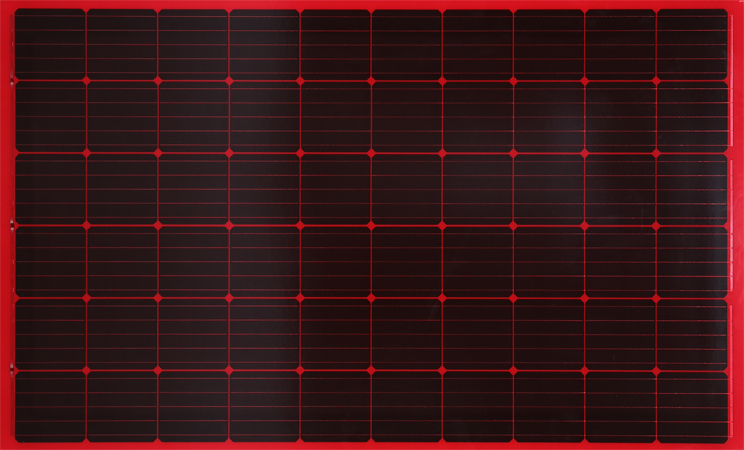PV Solar Panel is the process of converting sunlight into electricity and is used in homes and businesses as well as on larger scale power plants. There are some unique advantages to using solar energy, such as the fact that it doesn’t produce any pollution or greenhouse gases during operation, and it can be very cost-effective.
PV is also a very flexible source of energy and can be used in conjunction with other sources to create a fully integrated energy system. Additionally, it can be used as a backup system to provide energy during times of high demand, or periods of low sunshine.
There are many different types of PV panels, but the most common ones for household use are monocrystalline, polycrystalline, and thin-film. Each type of panel differs in terms of efficiency, power output, and warranty length.
Each PV panel is made of semiconductor material such as silicon or a similar material and is enclosed in a protective glass casing. When exposed to direct sunlight, the semiconductor material releases electrons which can then be absorbed by photovoltaic cells and turned into electricity. This electricity is typically a direct current (DC), which needs to be converted to an alternating current (AC) to be used in homes. This is done by an inverter, which is a necessary component of every PV system.
Several factors determine a solar panel’s performance, including geographic location, the time of day, the amount of direct sunlight the cell is receiving, tilt angle, and shading. These factors can have a significant effect on the overall efficiency of a PV system. This information can be logged and charted using a DC clamp meter or data logger, which is available from most electrical retailers.
Fuying is researching the next generation of solar panels that are efficient, low-cost, and long-lasting. Researchers are aiming to improve the technology so that it is ready for commercialization and can be widely deployed in a wide variety of applications. This includes systems for off-grid and grid-connected electricity production, as well as batteries to store energy for backup purposes.
Most PV systems in the US are grid-connected, which means they connect to the electricity network via an inverter. This allows households to generate more electricity than they consume, and any excess is exported to the grid. This is known as net metering, and it can significantly reduce electricity bills. However, introducing these new flows of electricity into the electricity network requires careful planning, as it can cause technical problems for networks that were designed to cope with only one-way flows of energy.


